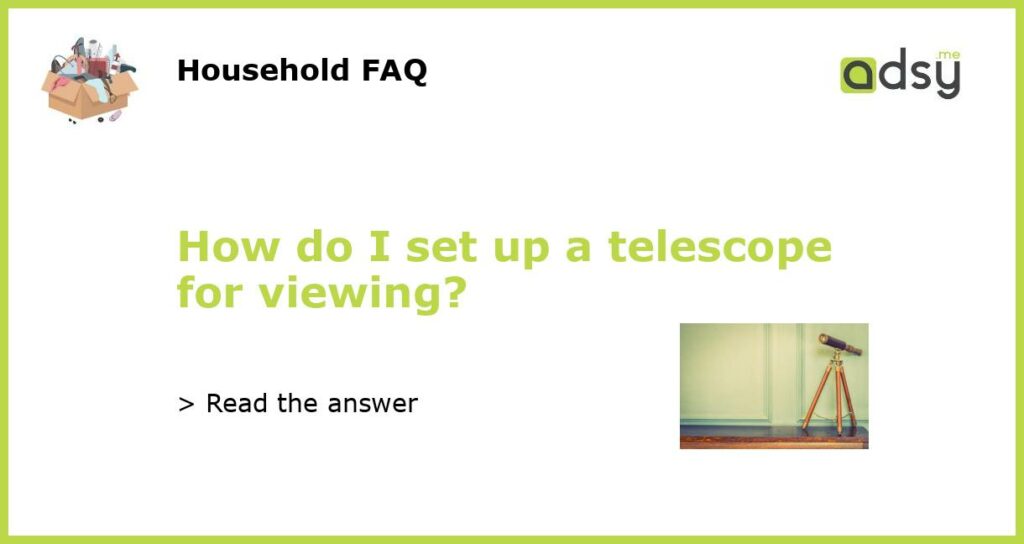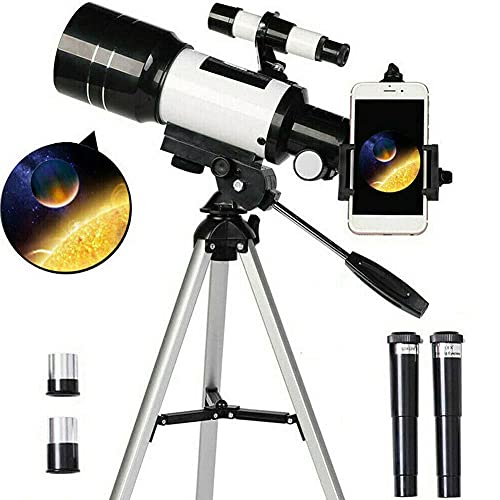Choosing the Right Location
When setting up a telescope for viewing, the first step is to choose the right location. It’s important to find a place with minimal light pollution, such as a dark, open field away from city lights. This will give you the best chance of seeing celestial objects clearly. Additionally, try to find a location that offers a clear and unobstructed view of the sky, with no trees or buildings blocking your line of sight.
Assembling the Telescope
Once you have found the perfect location, it’s time to assemble your telescope. Begin by setting up the tripod or mount, making sure it is stable and level. Next, attach the telescope tube to the mount or tripod, following the manufacturer’s instructions. This may involve inserting the optical tube into a dovetail or saddle, or attaching it using screws or clamps.
Aligning and Focusing the Telescope
After setting up the telescope, it’s important to align and focus it correctly. Start by aligning the finder scope with the main telescope. Look through the main telescope and adjust the finder scope until the object you are viewing is centered in both scopes. This will ensure that you are looking at the same point in the sky with both instruments.
Next, it’s time to focus the telescope. Begin by using the lowest magnification eyepiece to get a general focus. Adjust the focus knob or rack and pinion mechanism until the image appears clear. Once you have achieved a rough focus, you can switch to higher magnification eyepieces for more detailed viewing.
Tracking and Observing the Sky
Once your telescope is set up and focused, you are ready to track and observe the sky. Use a star chart or mobile app to locate celestial objects you are interested in viewing. Start with brighter, easier-to-find objects like the moon or planets. Once you have located an object, adjust the telescope’s tracking mechanism to keep it in your field of view as the Earth rotates.
Take your time to observe and appreciate the details of the objects you are viewing. Use different eyepieces or filters to enhance your view and bring out more details. Keep in mind that patience and practice are key when it comes to astronomy, so don’t get discouraged if you don’t see everything perfectly on your first try.






